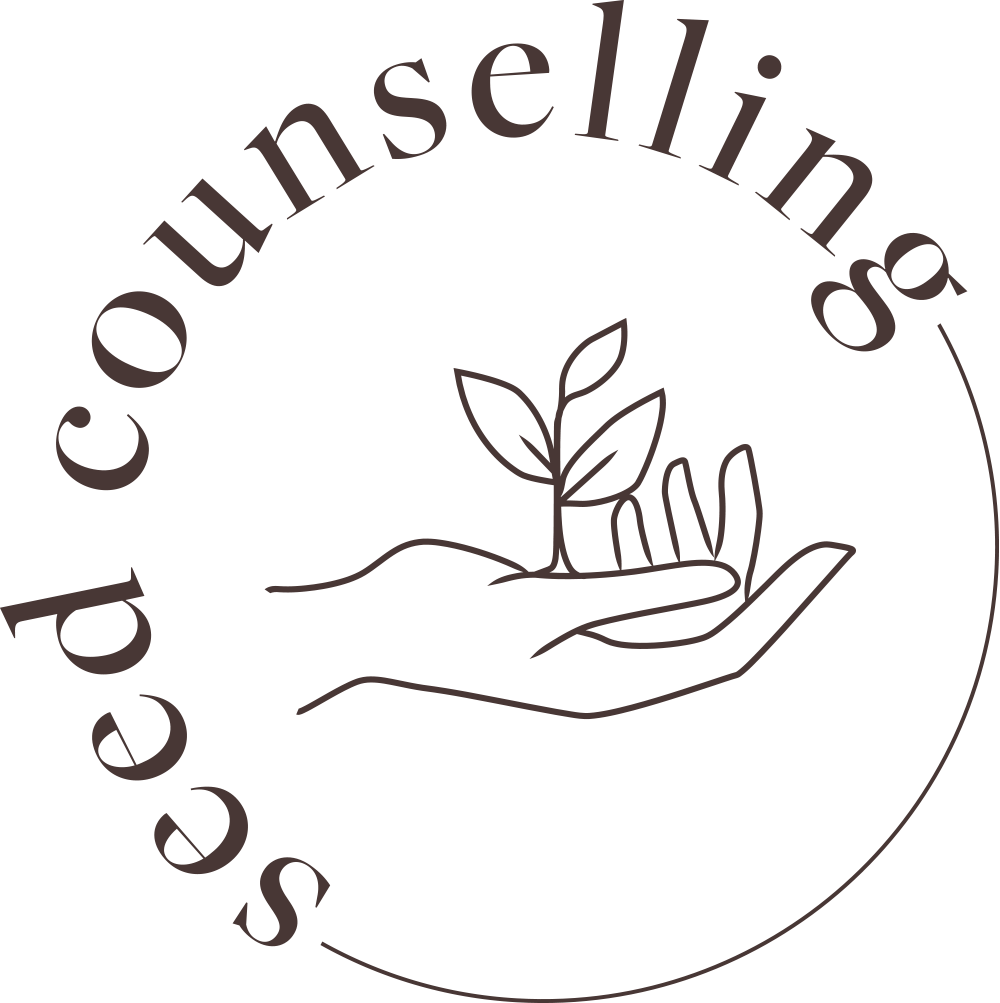What is anxiety?
Have you ever felt a sense of unease, distress, or dread before a significant event? This is anxiety. Anxiety is the mind and body's reaction to stressful, dangerous, or unfamiliar situations.
Did you know, anxiety itself is not a problem. It is a healthy biological response to any perceived threat that prepares your body for fight or flee in a stressful situation. Benefits can include helping you to get to where you need to be on time, keeping you from potentially dangerous situations by helping you to stay alert and aware of risks and solve problems.
Anxiety becomes a problem when it is ongoing, intense, hard to control or out of proportion to your situation. This is when it can be classified as a disorder.
How common are anxiety issues?
Did you know that 1 in 4 people experience a mental health problem of some kind every year? 1 in 6 people report experiencing a common mental health problem like anxiety and depression in any given week in England. The actual number of people suffering is likely to be higher.
In terms of anxiety, 8 in 100 people are specifically diagnosed with a mix of anxiety and depression and 6 in 100 people with Generalised anxiety disorder (GAD). This is a lot of people!
So the chances are, if you suspect someone has anxiety, there is a high chance they do. If you or someone you know is experiencing anxiety, understanding more about what it is can be helpful to normalise your experience. Know that you are not alone in how you are feeling.
What are the symptoms of anxiety?
There are many symptoms that can be attributed to anxiety, which can be physical, emotional and behavioural. Below are some of these symptoms to look out for.
Physical symptoms:
restlessness
feeling dizzy or light-headed
wobbly legs or pins and needles in your hands and feet
muscle tension
shortness of breath or hyperventilating
heart palpitations (a noticeably strong, fast hammering heartbeat)
nausea
needing the toilet more or less often
sweating
headache
dry mouth
sleep problems
panic attacks
Feelings:
fearing the worst
feeling dread
feeling on edge or panicky
difficulty concentrating
irritability
confusion
feeling detached from yourself or the world around you
Behaviour:
Withdrawal from friends and family
feeling unable to go to work
avoiding certain places
While avoiding situations can give short-term relief, the anxiety often returns the next time you’re in the situation. Avoiding it only reinforces the feeling of danger and never gives you a chance to find out whether your fears are true or not.
Anxiety can be catagorised into some different disorders:
Here is a quick guide of what to look for:
Generalised Anxiety Disorder (GAD)- a pattern of excessive worrying about different issues, feeling anxious or worried for most of the time. This is usually for at least six months.
Social Anxiety Disorder (SAD) –where someone feels considerable anxiety in social situations or when performing in front of others, such as in public speaking.
Phobias –an overwhelming fear of a specific object, place, situation or feeling.
Panic Disorders –sudden panic attacks, intense episodes of heart-banging fear, breathlessness, and dread are experienced. This happens regularly and often for no obvious reason.
Post-traumatic stress disorder (PTSD) – anxiety problems after experiencing a very stressful or frightening event. It can include flashbacks and nightmares
Obsessive compulsive disorder (OCD) –recurring unpleasant thoughts (obsessions) and performing certain routines repetitively to relieve anxiety (compulsions)
If you would like to read more about anxiety, check out this article all about how you might be able to tell if someone has anxiety.
Anxiety is an area of expertise for me, and something I am passionate about helping people with. If you feel you would benefit from some professional, help I
can offer you a safe, non-judgemental, warm space to help you to explore, understand and give voice to your thoughts, feelings, emotions and experiences.
You don’t have to do it alone.






